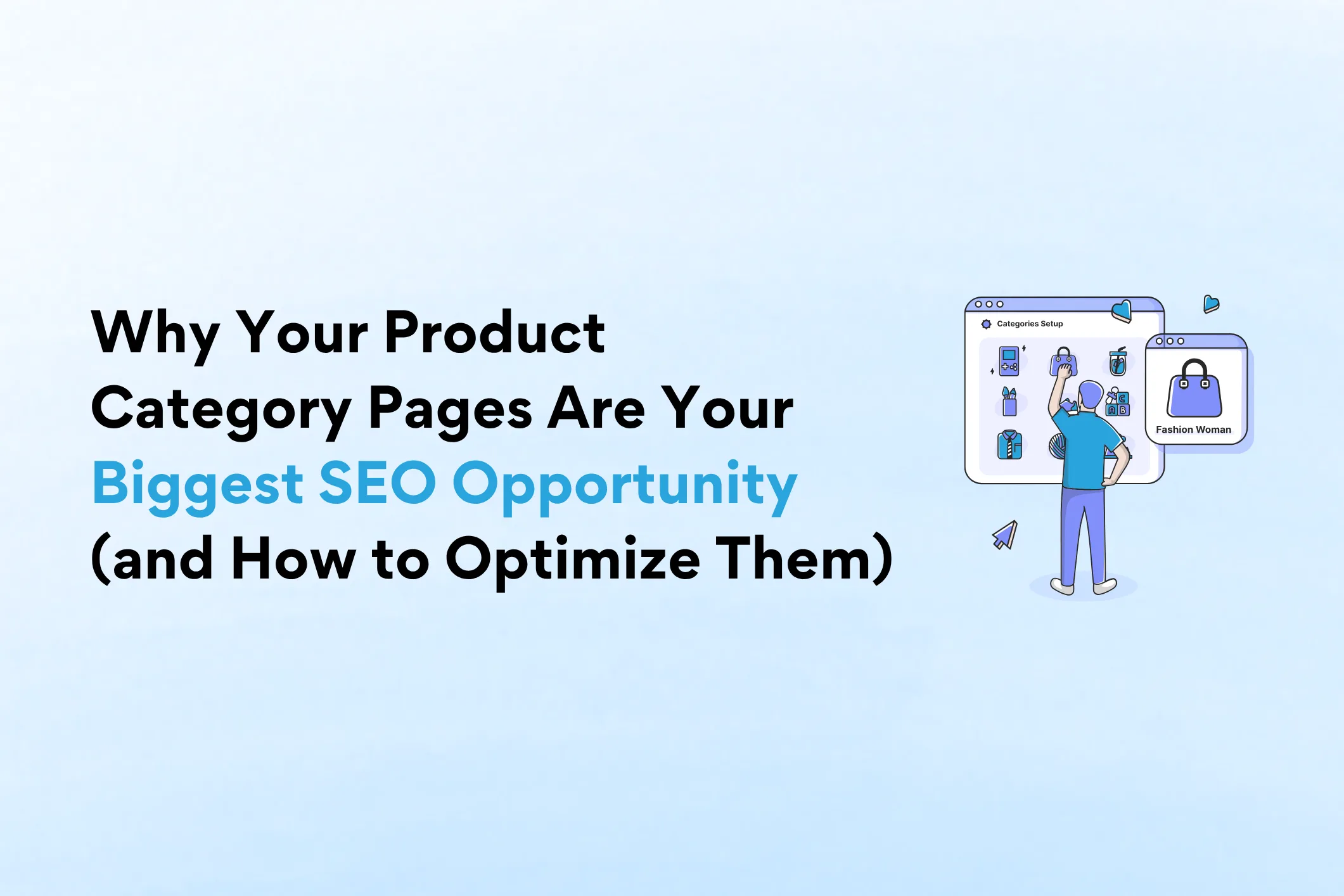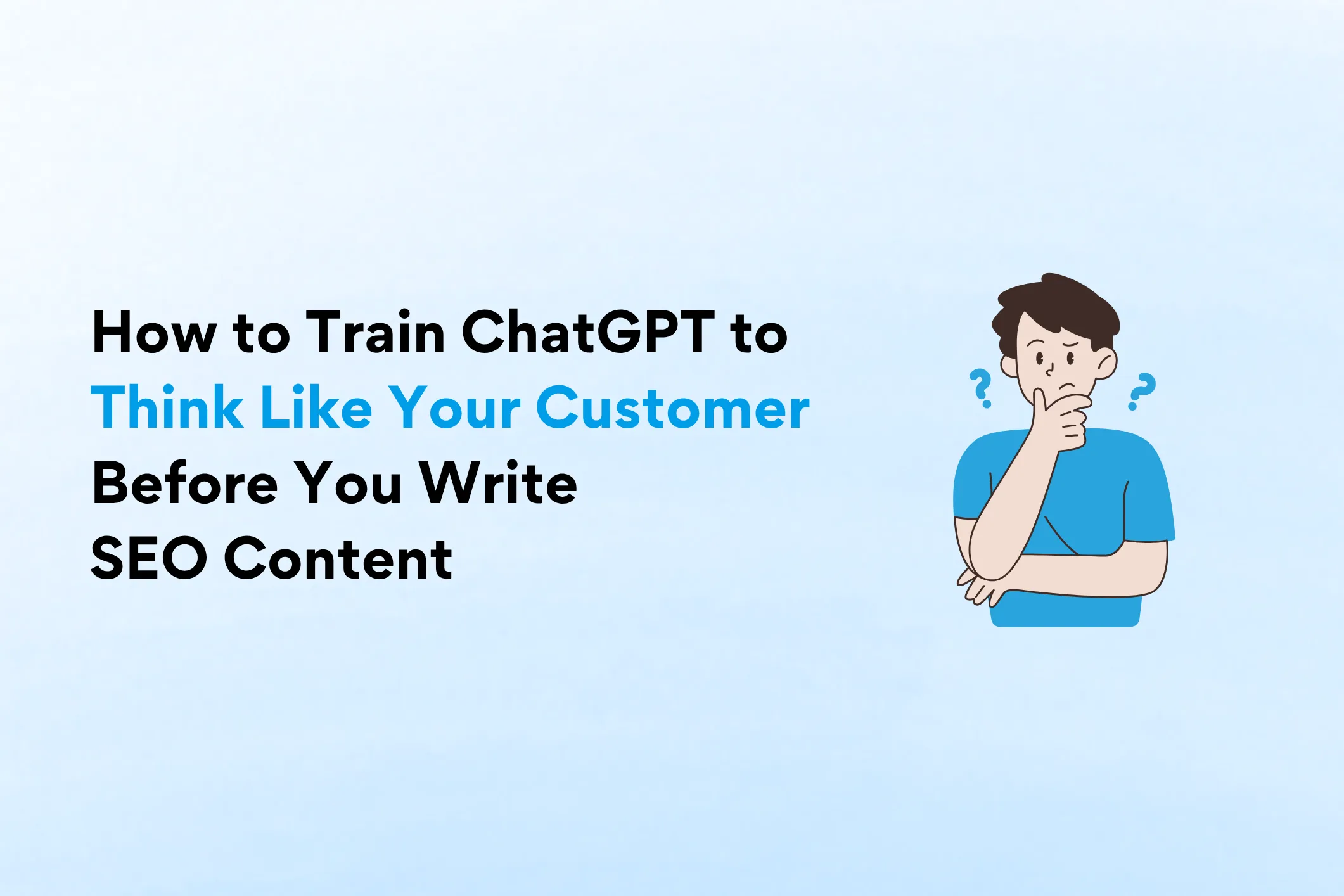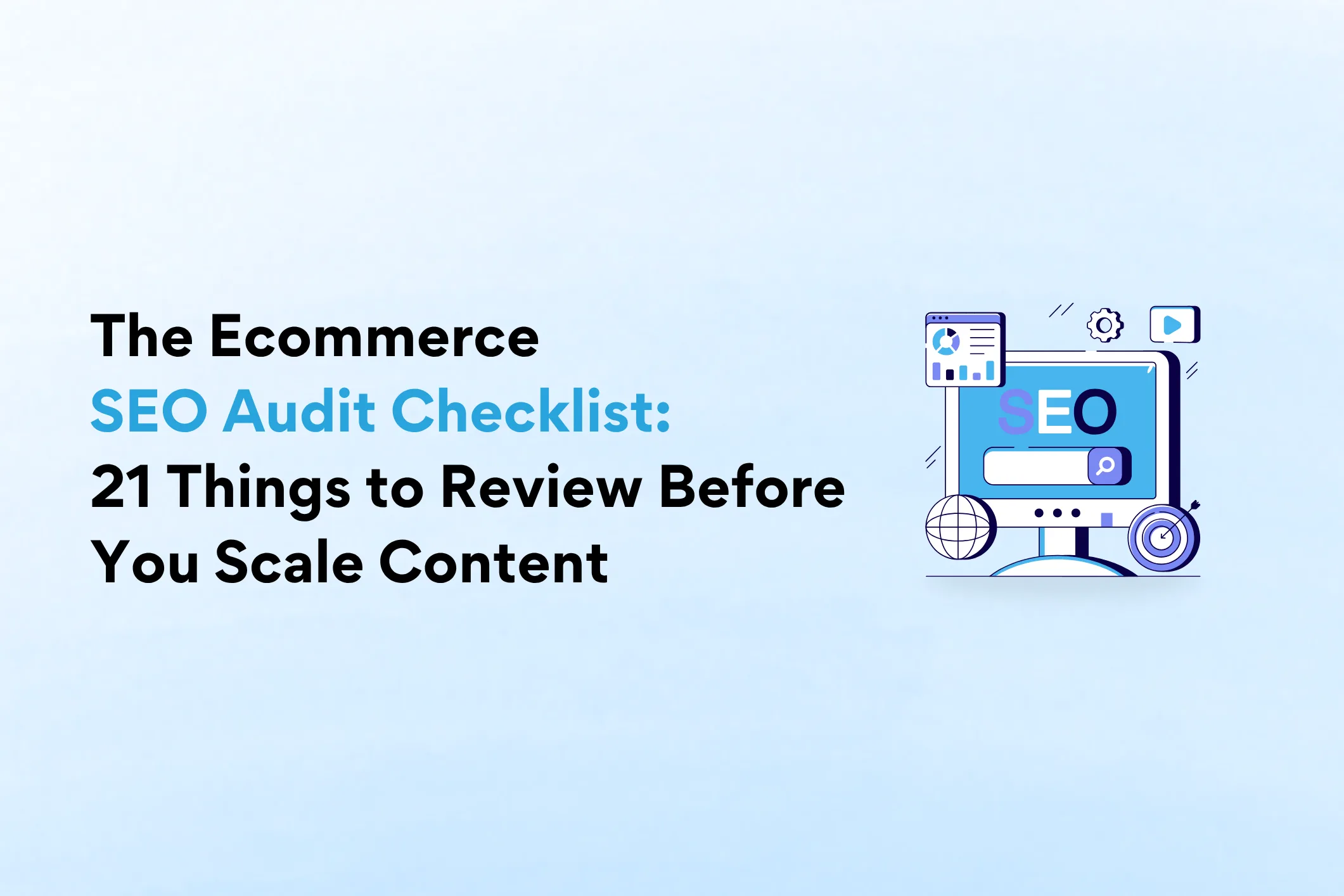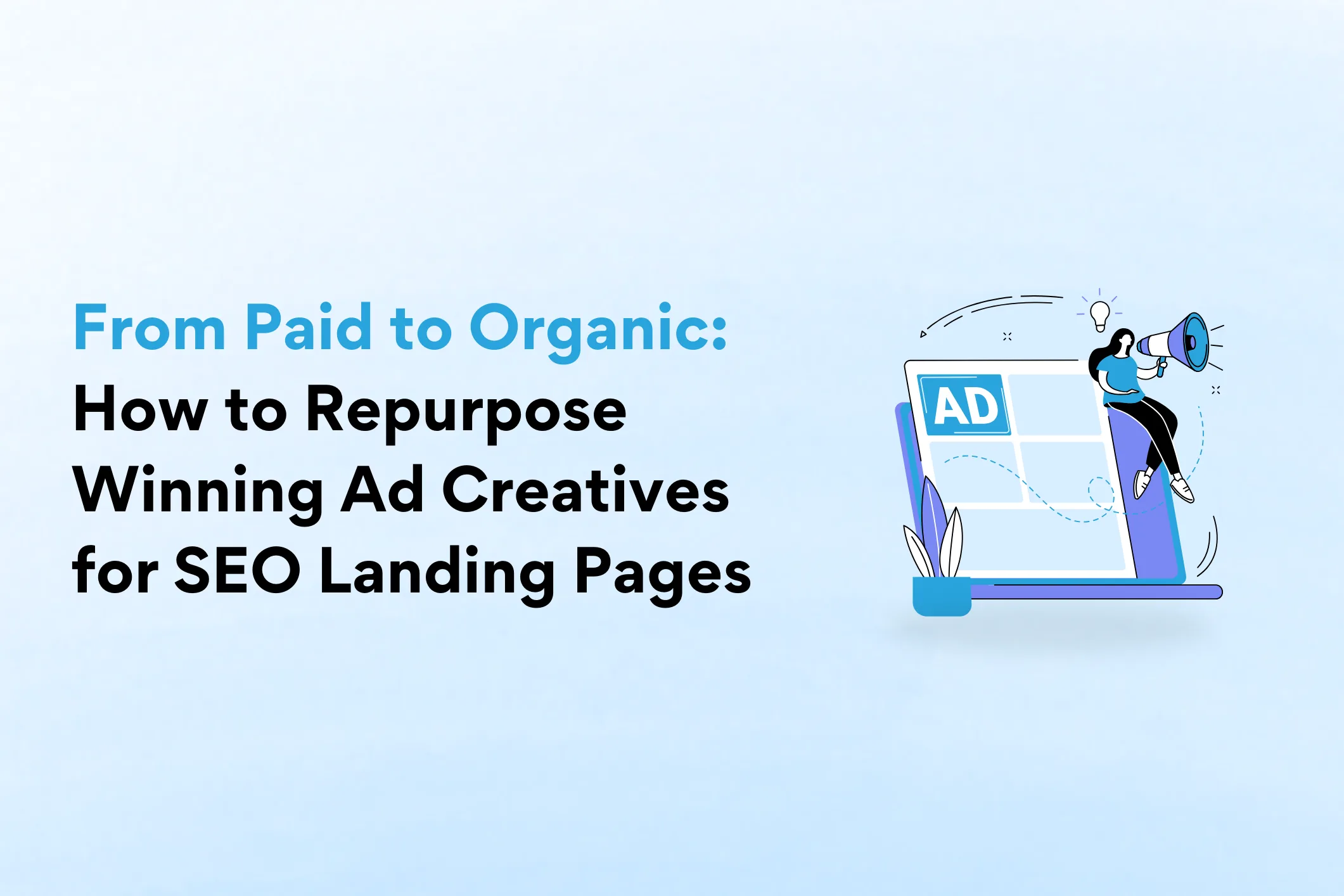I talk to a lot of D2C brands every year. About half of them are interested in SEO and bring up some really good thoughts and questions.
Many times, when they think about SEO, the conversation often gravitates toward blog content or individual product pages. This isn’t bad per se; however, one of the most powerful and overlooked levers for organic traffic and revenue growth lies within your product category pages, also known as product listing pages (PLPs). These pages are natural landing zones for high-intent buyers and are foundational to any well-structured ecommerce site. When optimized correctly, they don’t just generate more traffic, they attract the right kind of traffic: buyers in shopping mode, not just browsers.
In an era where SEO is shifting from traditional keyword targeting to topic clusters, relevance, and user experience, your PLPs are uniquely positioned to do the heavy lifting.
Let’s break down why they matter and how to turn them into high-performing, conversion-ready assets.
The Overlooked SEO Power of PLPs
Too often, ecommerce teams focus the majority of their SEO efforts on creating long-form content or optimizing product detail pages (PDPs). But PDPs target lower-volume, long-tail queries, like specific SKUs or model numbers, and often aren’t the first touchpoint for most buyers. Instead, category pages align with how people actually shop and search. When someone types in “vegan skincare” or “kids hiking shoes,” they’re not looking for one product; they want to browse, compare, and evaluate.
That’s where PLPs shine. These pages:
- Target broad, high-volume, commercial-intent keywords that signal someone is actively in the market to buy
- Consolidate SEO signals across multiple products, making them more authoritative in the eyes of search engines
- Act as mini homepages for key product lines or subcategories, giving users a curated entry point into your catalog
- Serve both search engines and users, creating a direct path to conversions from organic traffic
Many ecommerce brands underestimate the strategic value of these pages, especially in saturated markets where standing out in Google’s AI Overview or PAA sections requires strong category-level content and structure.
Elements of a High-Performing Category Page
Think of your PLPs as high-stakes real estate. They need to rank, convert, and offer a seamless experience to both first-time visitors and returning shoppers. A high-performing category page is one that speaks clearly to both search engines and human buyers, and finding that balance starts with the fundamentals.
Key elements include:
- Unique title tag and H1: Avoid defaulting to “Shop All” or “Category Name | Brand.” Instead, write a clear, keyword-optimized title that reflects the shopper’s intent and differentiates your collection.
- Intro paragraph: Place a brief but rich description near the top of the page that answers key customer questions: What’s in this collection? Who is it for? Why is it worth exploring? Use natural language and focus on benefits, not just features.
- Optimized imagery: Use meaningful file names (e.g., womens-waterproof-hiking-boots.jpg) and descriptive alt text. This not only supports SEO but also improves accessibility and image search visibility.
- Indexable filters and product listings: Ensure that JavaScript-rendered content isn’t blocking crawlers. Use canonical tags or faceted navigation best practices to keep filters SEO-friendly.
- Logical page layout: Avoid burying important content in tabs or infinite scroll that disrupts crawl paths. Use semantic HTML to reinforce what the page is about.
Your category pages should load quickly, be mobile-friendly, and feel just as thoughtfully designed as your homepage or high-converting landing pages.
Add Content Without Killing the UX
A common trap ecommerce brands fall into is dumping a block of SEO copy at the top of the page, ruining the shopping experience just to squeeze in keywords. Today, both Google’s algorithms and your customers expect more finesse. You can add meaningful content that boosts your rankings without cluttering the experience if you do it strategically.
Here’s how to weave in content while maintaining a shopper-first interface:
- Collapsible or tabbed content: Create expandable sections for size guides, material comparisons, or shipping details. These help Google understand the page’s topical depth while staying out of the shopper’s way.
- FAQs: Use structured FAQs toward the bottom of the page to address common objections or search queries like “Are these boots waterproof?” or “What size should I order for my toddler?” This also qualifies your page for inclusion in Google’s “People Also Ask” features.
- Value-added media: Embed helpful videos, product roundups, or how-to guides that educate and engage. These assets keep users on the page longer, an important behavioral signal for SEO.
- Above-the-fold clarity: Keep the top section of your category page focused on facilitating shopping. That means intuitive filters, product thumbnails, and a grid layout that encourages clicks, not walls of text.
With UX-led content integration, you’ll increase keyword relevance and conversions, not one at the expense of the other.
Structured Data and Internal Links Matter
Search engines don’t just index content; they interpret signals about relationships, hierarchy, and relevance across your entire site. The way your category pages are connected to other parts of your website matters more than most brands realize.
To boost discoverability and semantic richness:
- Product schema: Apply schema markup to each product listing to enable enhanced search features like review stars, price, and availability
- Breadcrumb schema: This helps search engines understand your site structure and improves internal linking, which supports crawlability and UX
- Link to related categories: If someone is browsing “Men’s Hiking Boots,” they might also be interested in “Hiking Socks” or “Trekking Poles.” These cross-links support topic clusters and increase time on site.
- Link to editorial content: Add CTAs to relevant blog content (e.g., “How to Choose the Right Trail Shoes”) to educate mid-funnel users and strengthen your internal link graph
These technical and architectural optimizations may not be flashy, but they’re critical to turning your site into a well-oiled organic traffic machine.
Measuring Success
Category page optimization isn’t a “set it and forget it” effort; it’s a performance asset you should measure and refine over time. Use a combination of SEO, behavioral, and conversion data to evaluate impact.
Here’s what to track:
- Keyword rankings: Use tools like Semrush, Ahrefs, or Google Search Console to monitor category-level keyword positions and any gains or losses over time
- Click-through rate (CTR): Look at your SERP impressions and CTR in GSC, did your meta updates improve engagement?
- Bounce rate and engagement: GA4 can show you how many people engage with filters, scroll the product grid, or bounce right away
- Conversion rate from organic traffic: This is the ultimate KPI. Your category page should not be a dead-end; it should drive sales, email signups, or add-to-carts
- Heatmaps and session recordings: Tools like Hotjar or Microsoft Clarity (this is FREE) give you qualitative insights into where users are pausing, clicking, or dropping off
Set benchmarks before you begin optimizing, so you can isolate what’s working and double down on what’s moving the needle.
For ecommerce brands doing 6- and 7-figures in revenue, PLPs represent a massive untapped growth lever. They’re already part of your architecture, they already get traffic, and they already house some of your most important products. But when treated like mere navigation tools, they leave money on the table.
With strategic SEO, UX-focused content, and proper measurement, your category pages can become compounding assets, driving qualified organic traffic month after month, without increasing ad spend.
Greg is a digital marketing strategist, ecommerce owner, e-commerce marketing agency owner, and recognized leader in the D2C industry.
With 18 years of experience working with small, medium, and large organizations, Greg knows how to build and execute marketing strategies that drive growth.



